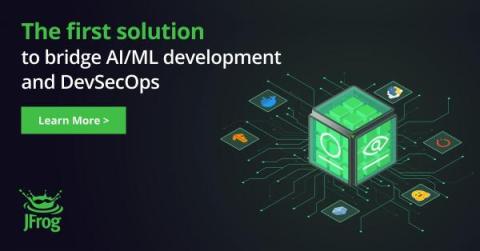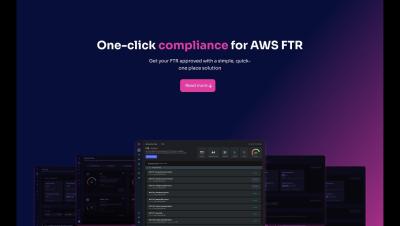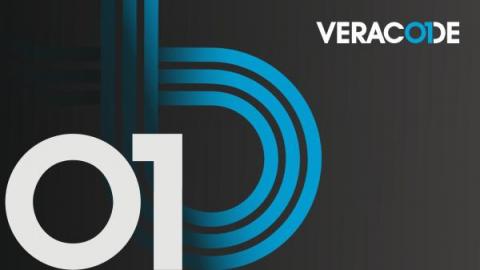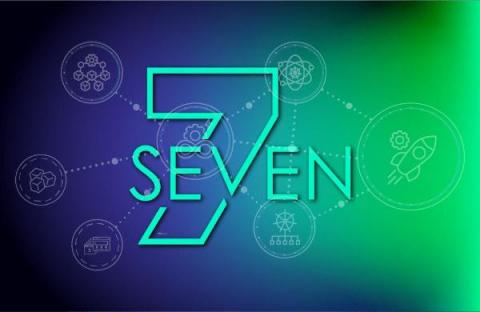Bridging the gap between AI/ML model development and DevSecOps
AI and machine learning (ML) have hit the mainstream as the tools people use everyday – from making restaurant reservations to shopping online – are all powered by machine learning. In fact, according to Morgan Stanley, 56% of CIOs say that recent innovations in AI are having a direct impact on investment priorities. It’s no surprise, then, that the ML Engineer role is one of the fastest growing jobs.











